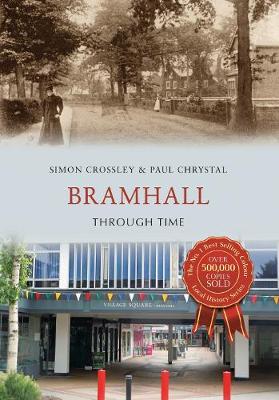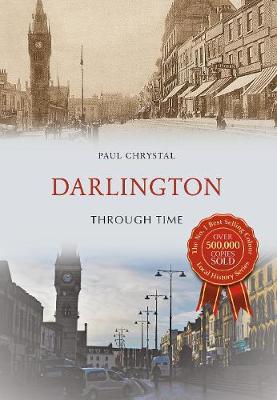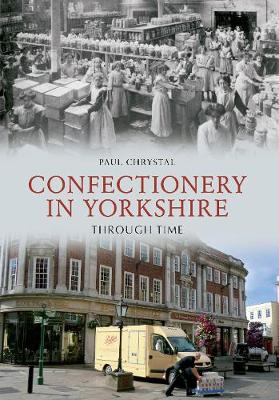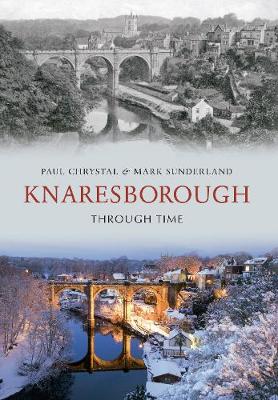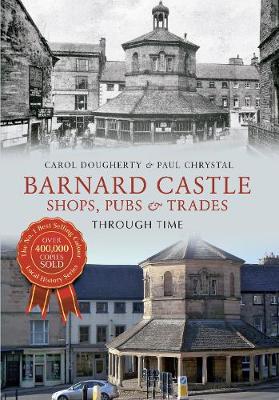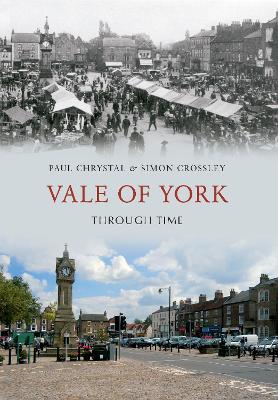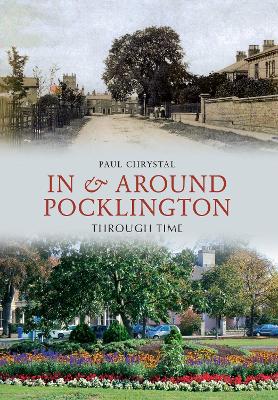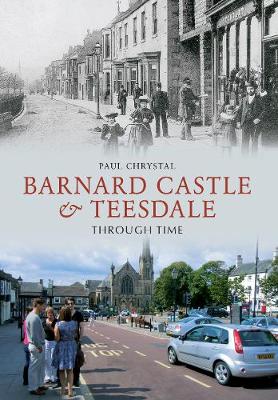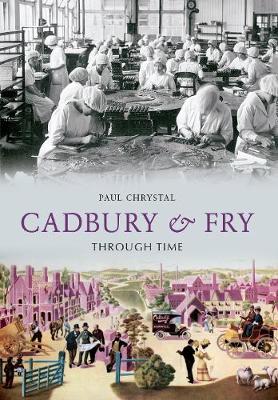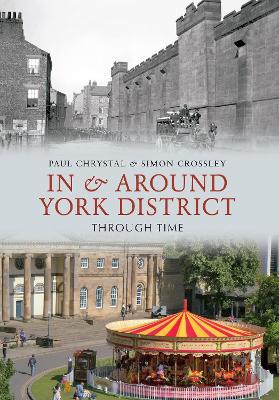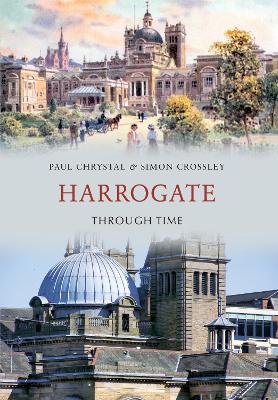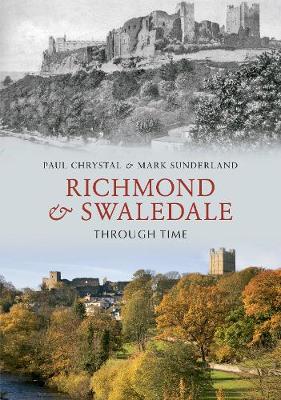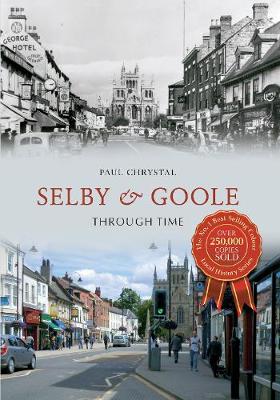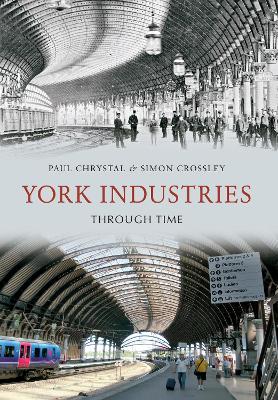Through Time
24 total works
The Edwardian shops and businesses in the village centre have been replaced by trendy boutiques and cool bars, but old Bramhall is still characterised by the grand Bramall Hall, with its beautiful park, as well as the town’s many farms and old pubs. The book also takes in neighbouring Cheadle and Cheadle Hulme, Gatley, Hazel Grove and Manchester International Airport in Ringway, where old and new pictures are juxtaposed to show how things have changed in these communities.
Through a selection of old and new photographs and an incisive and informative text, Darlington Through Time traces the development of the town, from its importance as a medieval market centre through to its IT and engineering prowess in the twenty-first century, and is essential reading for anybody who knows and loves this historic town.
This is a town that has witnessed considerable change over the past century and Huddersfield Through Time charts its development through a collection of fascinating photographs, old and new, that help to illustrate its appeal, not only to those wanting to get to know it better, but also to long-time residents who thought they knew all about their native town. Neighbouring villages such as Derby Dale are also included in the book.
Barnard Castle Shops, Pubs & Trades Through Time
by Paul Chrystal and Carol Dougherty
In & Around York District Through Time
by Paul Chrystal and Simon Crossley
Lifeboat Stations of North East England From Sunderland to the Humber Through Time
by Paul Chrystal
